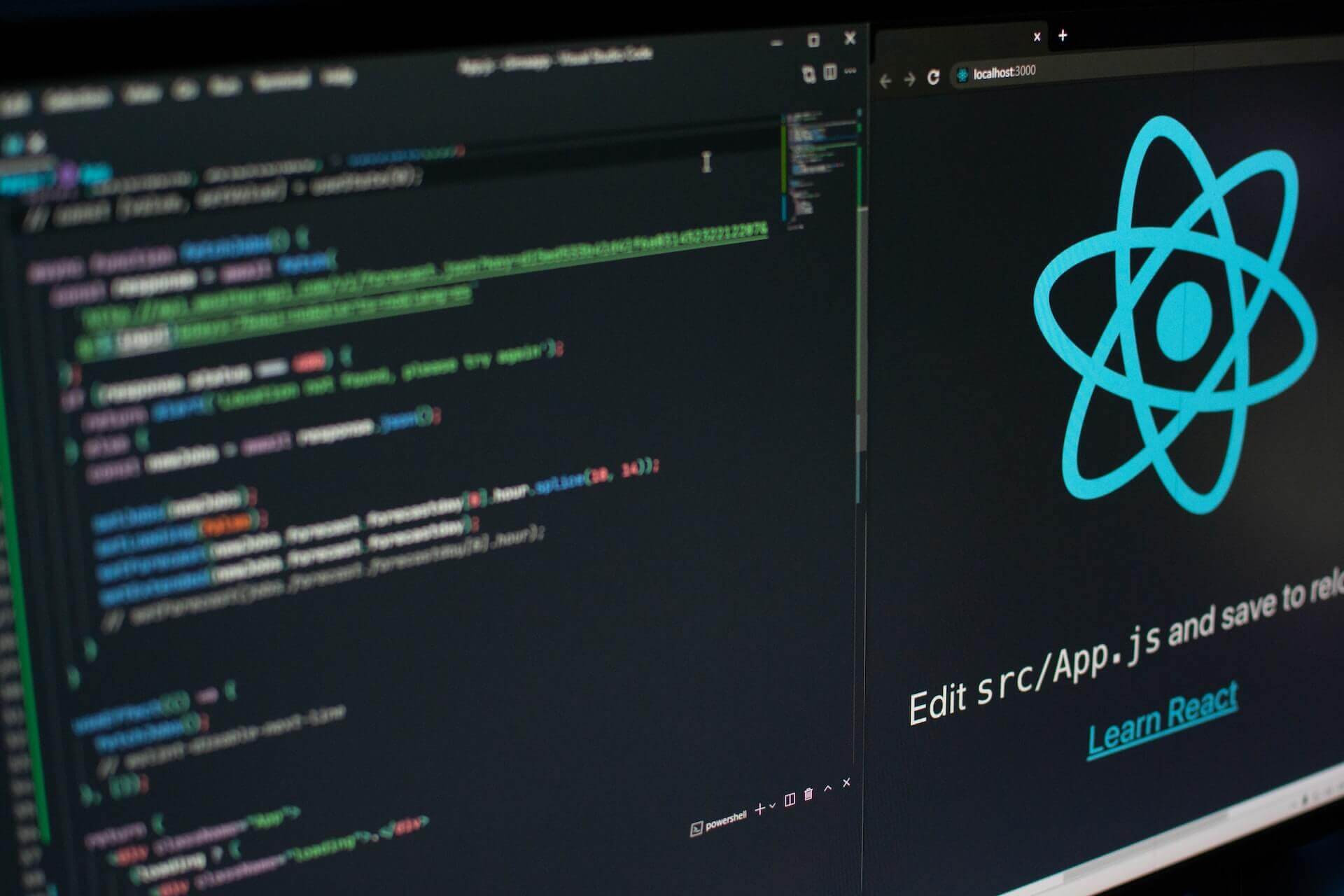Server-rendered React apps offer a number of benefits over traditional client-side rendering. They can improve the performance of your app, especially on slower networks, and they can make it easier to optimize your app for search engines.
One of the most popular tools for building server-rendered React apps is Next.js. In this tutorial, we will show you how to use Next.js to build a server-rendered React app from scratch.
Prerequisites
Before we get started, make sure you have the following tools installed on your machine:
- Node.js
- npm or yarn
Getting started
To create a new Next.js app, open up your terminal and run the following command:
This will create a new directory called my-app and install all the necessary dependencies. Once the installation is complete, navigate to the new directory and start the development server:
You should now be able to view your app at http://localhost:3000.
Adding pages to your app
In Next.js, each page in your app is a separate file in the pages directory. To create a new page, simply create a new file in the pages directory. For example, to create a page at /about, create a file called about.js in the pages directory:
Next.js will automatically create a route for this page at /about, so you can visit it in your browser at http://localhost:3000/about.
Fetching data on the server
One of the key benefits of server-rendering is the ability to fetch data on the server before rendering the page. To do this in Next.js, you can use the getServerSideProps method. This method allows you to fetch data and pass it to the page as props.
Here’s an example of how to use getServerSideProps to fetch data from an API:
In this example, we are using the axios library to fetch data from an API and passing the data to the page as props. The getServerSideProps method will be called on the server before the page is rendered, ensuring that the data is available to the page when it is rendered.
Deploying your app
When you’re ready to deploy your app, you can use the next build and next start commands to build and start the production server. For example:
This will build your app and start the production server, which you can visit at http://localhost:3000.
Conclusion
In this tutorial, we have shown you how to use Next.js to build a server-rendered React app. We covered the basics of creating pages and fetching data on the server, as well as how to deploy your app in production.
Server-rendered React apps offer a number of benefits over traditional client-side rendering, and Next.js makes it easy to build and deploy them. We hope this tutorial has helped you get started with Next.js and server-rendered React apps.
To get started with Next.js and build your own server-rendered React app, follow these steps:
- Install Node.js and npm or yarn on your machine.
- Create a new Next.js app using the
create-next-appcommand. - Start the development server using
npm run dev. - Create new pages in the
pagesdirectory and add routes to your app. - Use the
getServerSidePropsmethod to fetch data on the server and pass it to your pages as props. - Build and start the production server using the
next buildnext startcommands.
With these steps, you should be able to build and deploy your own server-rendered React app using Next.js.
To further enhance your server-rendered React app, you can also consider adding additional features such as server-side rendering for improved performance, automatic code splitting to reduce the size of your app, and integration with various APIs and third-party services.
In addition, you can also use other tools and libraries in conjunction with Next.js, such as Apollo Client for managing GraphQL queries and mutations, or Material-UI for implementing Material Design in your app.
Overall, Next.js provides a powerful and flexible platform for building server-rendered React apps, and with the right combination of tools and libraries, you can create a wide variety of applications and features. So, it is a good choice for building server-rendered React apps.
In summary, Next.js is a great choice for building server-rendered React apps because it provides a simple and efficient way to create and deploy these types of applications. It comes with a number of built-in features, such as automatic code splitting and server-side rendering, that can help you improve the performance and SEO of your app. Additionally, Next.js has a large and active community of developers who contribute to the project and provide support and resources for building server-rendered React apps. Overall, if you are looking to build a server-rendered React app, Next.js is a reliable and effective tool that can help you get the job done.



Leave A Comment